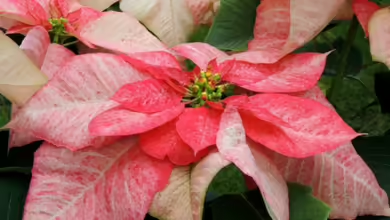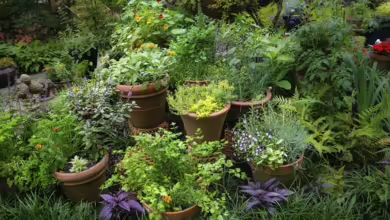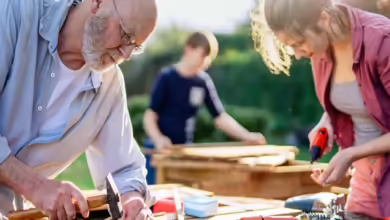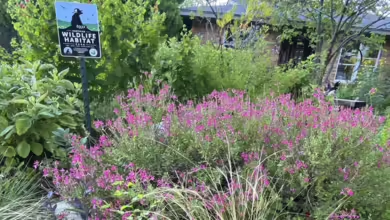Tending to the Needs of the Garden and Myself
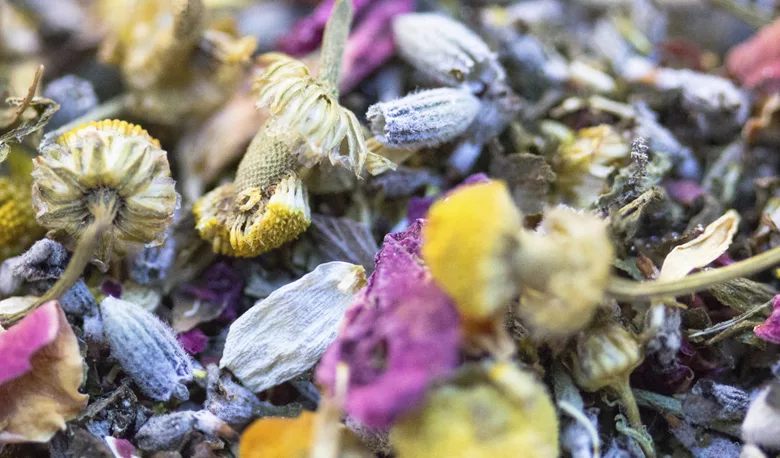
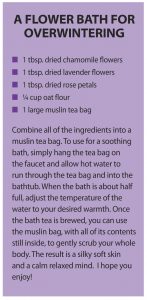 Before I start my day, I step outside to be still as the morning sun kisses my face. In its warmth, I am filled with a nostalgic remembrance of the fleeting warmer months of summer behind me as I face the cooler, wetter days to come.
Before I start my day, I step outside to be still as the morning sun kisses my face. In its warmth, I am filled with a nostalgic remembrance of the fleeting warmer months of summer behind me as I face the cooler, wetter days to come.
I think the plants feel it, too. They drop their little seed pods and fade in color as they shed away the parts no longer useful to them. The changing of seasons from summer to fall is one that helps me find calm stillness, especially in the garden.
With a warm cup of fresh chamomile tea, I wander through the garden plucking every last bloom that’s left and leaving them to dry out in the warm afternoon sun: Chamomile, roses, and lavender, just to name a few. After the morning harvest, I spend the rest of the afternoon tending to each plant’s needs in a process called overwintering.
Overwintering is no easy task because every plant is different. Some, like bee balm and anise hyssop, like heavy pruning — all the way to the ground — to allow healthy new shoots to grow in the spring. Others, like dahlia flowers, prefer to be uprooted and stored dry indoors. However, most perennial plants like light pruning and mulching to keep the roots warm throughout the winter.
Each year, I gain more knowledge and experience when tending to each plant’s needs and preparing them for winter. It reminds me to tend to the different needs of my own self to stay balanced and grounded throughout the winter months.
For my health, I make sure to eat lots of warming soups and stews to maintain a healthy immune system. For my mental well-being, I journal often and regularly clean my indoor space to help me feel relaxed and free from overwhelming clutter. For my sense of connection, I surround myself with close family and friends as we share quality time.
I encourage you to take a moment to think about the different parts of you that need tending. What makes you feel more balanced and grounded? What are some ways you can overwinter?


